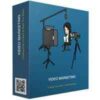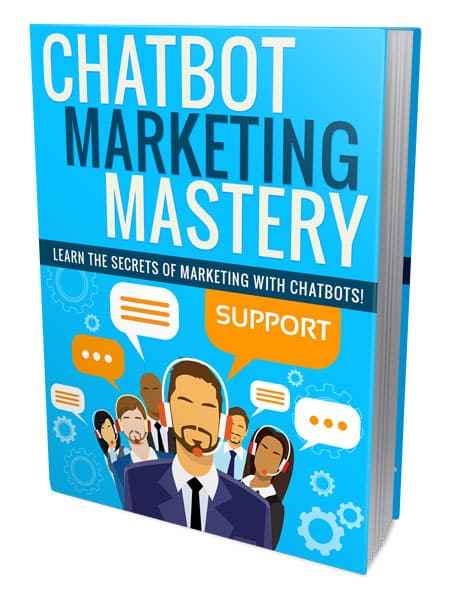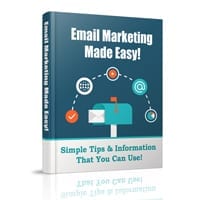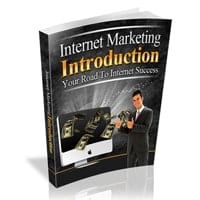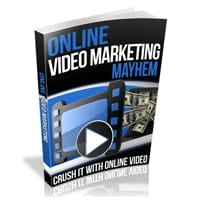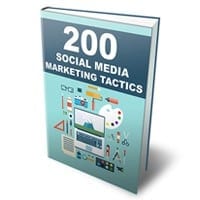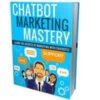Chatbot Marketing Mastery
$4.95
Discover the very best tools for creating your own custom chatbot without any programming knowledge!
With sites like Facebook and Kik opening their platforms to automated messaging for companies, chatbots have really exploded in popularity. Facebook went from zero chatbots in February 2016 to 18,000 by July of the same year.
Kik had approximately 300,000,000 registered users, and those users exchanged 350,000,000 automated messages with the platform in the first seven months of its chatbot.
You’ve probably seen chatbots in action. They are on all sorts of websites, from major retail chains to mobile phone service providers and many other types of sites and apps.
At first, you might think you’re talking to a real person. Usually, a popup appears with a picture of an agent, along with a name. The “agent” asks something like, “May I help you with anything?” Or, “Do you have any questions?”
Chatbots use artificial intelligence that is often quite advanced to answer many questions a user might have, and in the event that the bot is unable to help the user, it will usually as the user to call, email, or fill out a support form, or perhaps to check a F.A.Q. page.
Chatbots are quite advanced, and many of them can almost manage to fool users into thinking they are speaking to a real person. This is beneficial, because it allows companies to lower their overhead by using chatbots to replace customer service agents in many circumstances, and only when the chatbot is unsuccessful in helping the customer must a real agent step in. Chatbots have a few drawbacks, but they also have many benefits.
In this guide, you’re going to learn more about how chatbots can be used for marketing, and whether or not chatbots are a good fit for your business.
| Product type | |
|---|---|
| License | |
| File Size (MB) | 2.1 |
Related products
E-Marketing PLR
E-Marketing PLR
E-Marketing PLR
E-Marketing PLR
E-Marketing PLR
E-Marketing PLR
E-Marketing PLR
E-Marketing PLR


